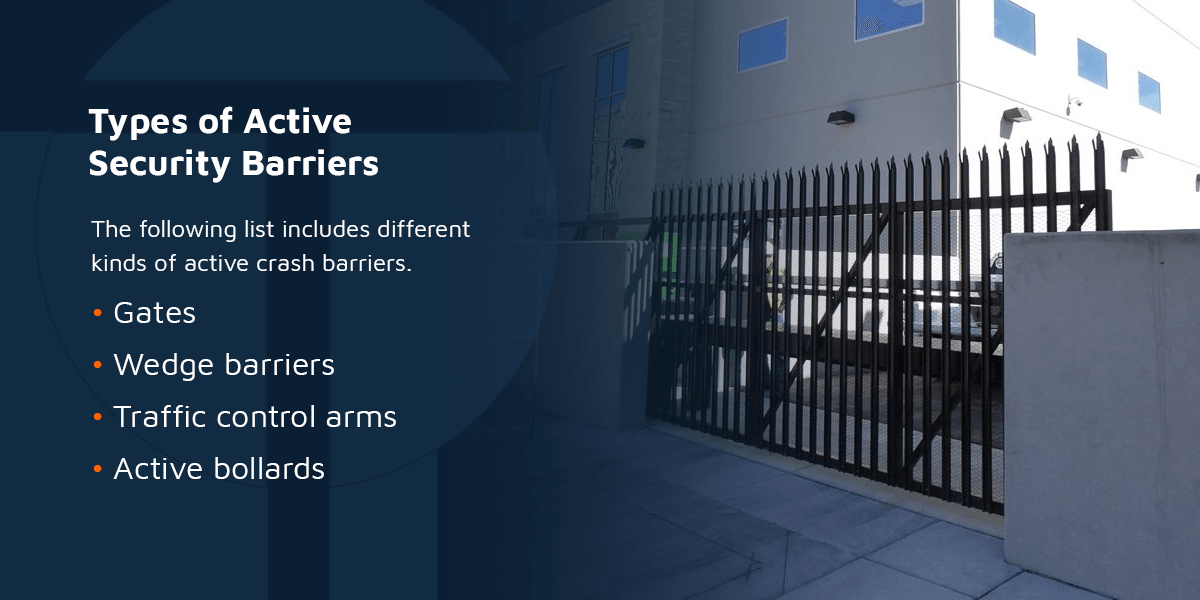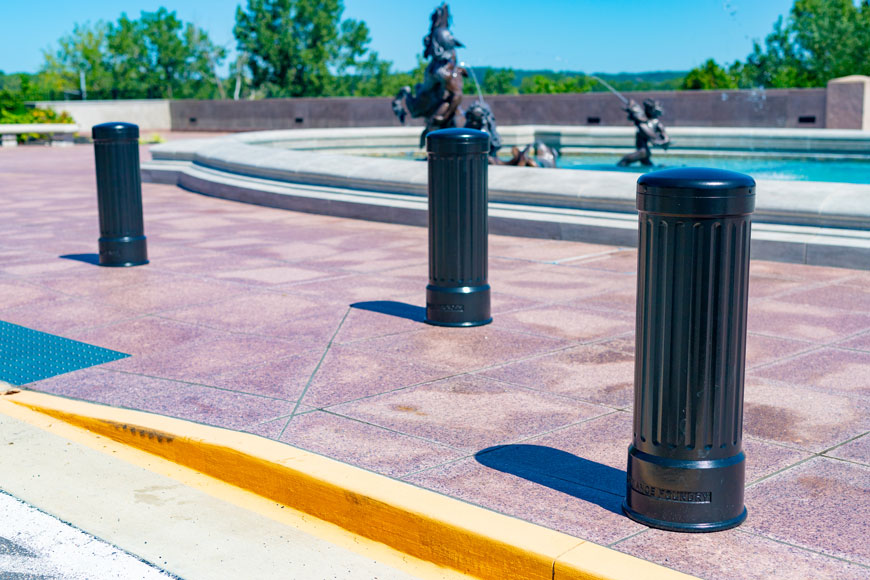The 10-Minute Rule for Wedge Barriers
Table of ContentsMore About Wedge BarriersGet This Report on Wedge Barriers

Facts About Wedge Barriers Uncovered
g., spring assistance 65 )may be fixed to completion of the springtime rod 58 to allow compression of the springs 60. As the springtimes 60 are pressed in between the springtime sustains 62, the spring assembly 54 creates a force acting upon the webcam paired to the springtime pole 58 in an instructions 66. For instance, the continuing to be force put on
the camera to release the wedge plate 16 may be supplied by an electromechanical actuator 84 or various other actuator. The springtime setting up 54 and the actuator 84(e. g., electromechanical actuator)might run together to convert the camera and raise the wedge plate 16.
As mentioned above, the spring setting up 54 applies a continuous pressure on the web cam, while the electromechanical actuator might be managed to put in a variable pressure on the webcam, therefore allowing the lifting and decreasing( i. e., releasing and retracting )of the wedge plate 16. In specific embodiments, the continuous force applied by the springtime setting up 54 may be adjustable. g., electromechanical actuator) is disabled. As will certainly be valued, the springtime setting up 54 may be covered and secured from particles or other elements by a cover plate(e. g., cover plate 68 displayed in FIG. 4) that might be considerably flush with the raised surface 38 of the foundation 14. As discussed over, in the deployed position, the wedge plate 16 serves to obstruct gain access to or traveling past the barrier 10. The barrier 10(e. g., the wedge plate 16 )may block pedestrians or cars from accessing a property or pathway. As reviewed over, the barrier 10 is connected to the support 30 protected within the foundation 14,

front brackets 71. Therefore, the linkage settings up 72 may pivot and revolve to enable the collapse and extension of the link assemblies 72 during retraction and implementation of the bather 10. The affiliation assemblies 72 cause activity of the wedge plate 16 to be limited. As an example, if a vehicle is taking a trip in the direction of the released wedge plate 16(e. For example, in one situation, the safety and security legs 86 might be expanded duringmaintenance of from this source the obstacle 10. When the safety legs 86 are released, the security legs 86 support the weight of the wedge plate 16 against the surface area 12. Therefore, the training system 50 might be shut down, serviced, eliminated, replaced, and so forth. FIG. 5 is partial viewpoint view of a personification of the surface-mounted wedge-style barrier 10, showing the webcam 80 and the webcam surfaces 82 of the training mechanism 50. Specifically, 2 camera surface areas 82, which are described as reduced web cam surface areas 83, are placed listed below the cam 80. The reduced webcam surfaces 83 might be fixed to the surface area 12 (e. For instance, the lower web cam surface areas 83 and the installing plate 85 might form a solitary piece that is protected to the anchor 30 by screws or other mechanical bolts. In addition, 2 see this site camera surface areas 82, which are referred to as upper web cam surface areas 87, are placed over the camera 80 and paired to (e. In various other embodiments, stepping in layers or plates might be placed between the surface 12 and the lower webcam surfaces 83 and/or the wedge plate 16 and the top web cam surface areas 87 As mentioned over, the cam
80 translates along the camera surfaces 82 when the wedge plate 16 is raised from the retracted placement to the deployed placement. Furthermore, as discussed above, the spring assembly 54 (see FIG. 3 )might supply a pressure acting on the cam 80 in the instructions 102 through spring rod 58, which may lower the pressure the electromechanical actuator 84 is required to relate to the cam 80 in order to activate and raise the wedge plate 16. 1 )to the released position(see FIG. 4). As revealed, the cam 80 includes track wheels 104(e. g., rollers), which get in touch with and convert along check out this site the webcam surfaces 82 throughout operation.